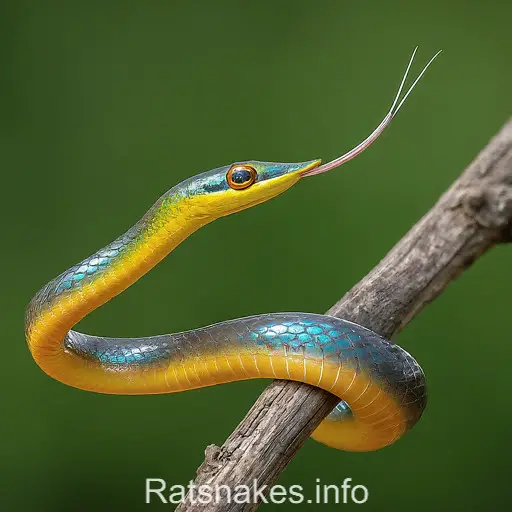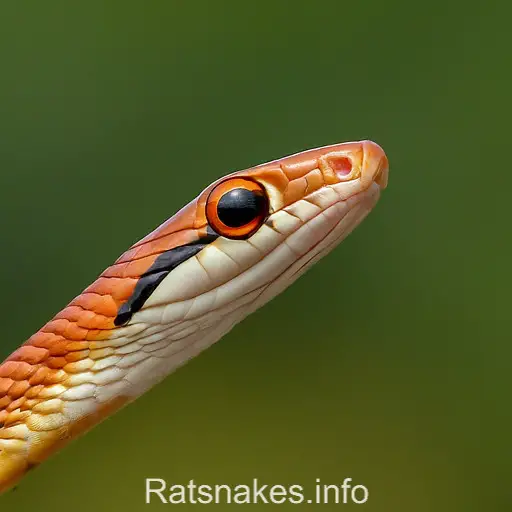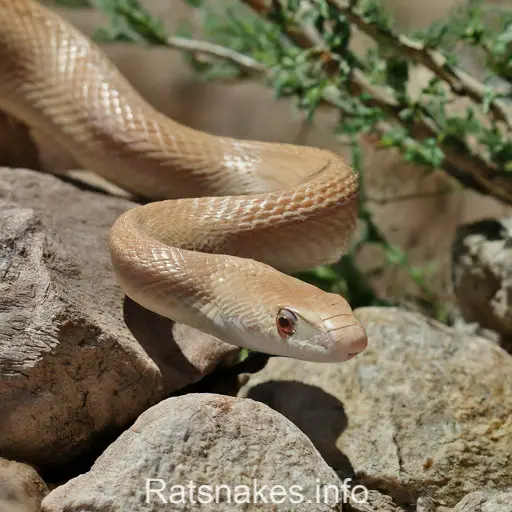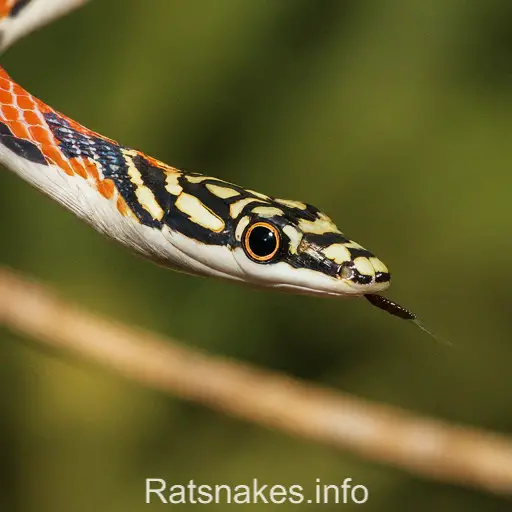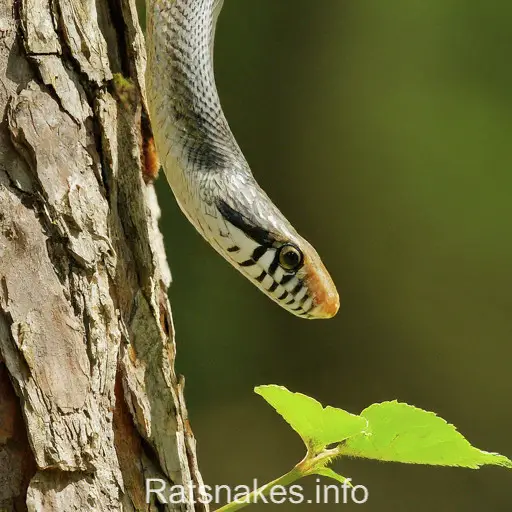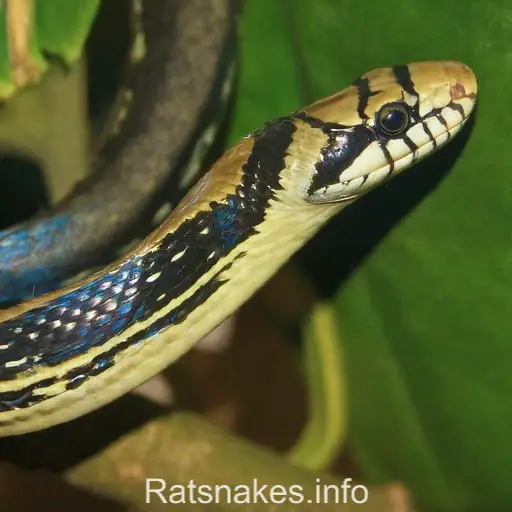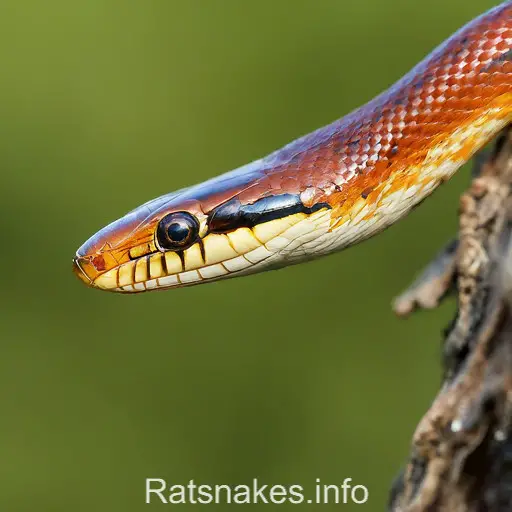
Are you curious about the fascinating Aesculapian snake? These elegant reptiles have captivated our attention for centuries with their unique characteristics and mysterious allure. Join us as we delve into the world of the Aesculapian snake, exploring its habitat, behavior, and significance in the ecosystem.
As we unravel the secrets of the Aesculapian snake, we’ll uncover the myths and legends that surround this enigmatic creature. From ancient folklore to modern-day conservation efforts, the Aesculapian snake continues to intrigue and inspire us. Stay tuned as we uncover the remarkable traits and adaptations that make this snake a true marvel of nature.
Whether you’re a seasoned herpetologist or simply a nature enthusiast, there’s something truly captivating about the Aesculapian snake. Join us on this journey of discovery as we unravel the mysteries of this extraordinary serpent and gain a deeper appreciation for the wonders of the natural world.
Habitat of the Aesculapian Snake
- Aesculapian snakes are usually found in warm and sunny regions.
- They thrive in diverse habitats such as forests, woodlands, meadows, and even urban areas.
- These non-venomous snakes are excellent climbers and are often spotted near old buildings, stone walls, and trees.
- The presence of water sources like streams or rivers is essential for their survival.
- In urban settings, they may seek refuge in gardens, parks, and cemeteries due to the abundance of suitable hiding spots.
| Habitat | Characteristics |
|---|---|
| Forests | Dense vegetation and cover |
| Woodlands | Fallen logs and debris |
| Meadows | Tall grass and open spaces |
| Urban Areas | Buildings and structures |
- Aesculapian snakes are adaptable creatures, able to adjust to various environments as long as the basic requirements of shelter, warmth, and food are met.
- Understanding their habitat preferences is crucial for conservation efforts to protect these intriguing reptiles for future generations to appreciate and admire.
Behavior Patterns
The Aesculapian snake is diurnal, meaning it is active during the day. These snakes are known for their arboreal lifestyle, often climbing trees and shrubs in search of prey or for basking in the sun. They possess excellent climbing abilities, using both trees and human-made structures to navigate their surroundings.
- Aesculapian snakes are generally solitary creatures, only coming together during the breeding season.
- During mating rituals, males engage in combat to win over a female, with the victor securing the opportunity to mate.
Their diet mainly consists of small mammals and birds, which they hunt by ambushing them from trees or bushes. Aesculapian snakes use their quick striking ability to catch prey, and their non-venomous nature means they rely on constriction to subdue their meals.
- While in urban areas, these snakes may also feed on eggs from bird nests or even scavenge on carrion.
When threatened, Aesculapian snakes exhibit defensive behaviors such as hissing, flattening their bodies, or even striking if cornered. However, they are generally shy and prefer to escape rather than confront potential dangers.
Significance in the Ecosystem
Aesculapian snakes play a crucial role in the ecosystem as predators, helping to regulate the population of small mammals and birds. By preying on these animals, they contribute to the balance of various species within their habitat.
These snakes also serve as indicator species. Their presence or absence can provide valuable information about the health of their ecosystem. Studying Aesculapian snake populations can offer insights into environmental changes and potential threats to biodiversity.
Moreover, Aesculapian snakes are hosts to various parasites, including ticks and mites. While this might seem negative, it is an essential aspect of the ecosystem. These parasites play a role in the ecological balance by affecting the health and behaviors of the snakes, thus influencing their interactions with other species in the ecosystem.
Overall, the Aesculapian snake’s significance in the ecosystem extends beyond their role as predators. They are part of a complex web of interactions that help maintain the delicate balance of nature.
Myths and Legends
Aesculapian snakes have captured the imagination of various cultures throughout history. In Greek mythology, Aesculapius, the god of medicine, was often depicted with a serpent-entwined staff, symbolizing healing and regeneration. This association led to the belief that Aesculapian snakes possessed mystical healing powers.
Legends in some regions have portrayed these snakes as protectors of ancient temples or sources of divine wisdom. However, it’s essential to distinguish between myth and reality when it comes to these fascinating reptiles. While they may not possess magical abilities, their presence in ecosystems does contribute significantly to maintaining natural balance.
In modern times, misconceptions about Aesculapian snakes have sometimes led to fear and misunderstanding. For example, their resemblance to other snake species, like the feared adder, has occasionally resulted in unwarranted persecution. By dispelling these myths and educating the public about their ecological importance, we can foster a deeper appreciation for these unique creatures.
Conservation Efforts
When it comes to the conservation of Aesculapian snakes, several initiatives have been put in place to protect these remarkable reptiles and preserve their habitats. Here are some key points on the efforts being made to ensure the well-being of these fascinating creatures:
- Habitat Protection: Preserving the natural environments where Aesculapian snakes reside is crucial to their survival. Efforts are being made to safeguard their habitats from human encroachment and development.
- Educational Campaigns: Raising awareness about the importance of Aesculapian snakes in the ecosystem is essential. Educational programs are being conducted to dispel myths and misconceptions surrounding these snakes, fostering a deeper understanding of their significance.
- Research and Monitoring: Scientists and conservationists are actively involved in studying Aesculapian snakes to better comprehend their behaviors, habits, and population dynamics. Monitoring these snakes helps in assessing their conservation status and implementing targeted protection measures.
- Mitigating Human-Wildlife Conflict: Encouraging coexistence between humans and Aesculapian snakes is key to minimizing conflicts that may arise due to fear or misunderstanding. By promoting peaceful interactions and providing guidance on snake safety, efforts are being made to reduce negative encounters.
- Legislative Support: Advocacy for policies and regulations that protect Aesculapian snakes and their habitats is fundamental. Working with lawmakers to enact and enforce laws that safeguard these snakes plays a pivotal role in their conservation.
The combined efforts of governments, conservation organizations, researchers, and local communities are essential in ensuring the long-term survival of Aesculapian snakes. By working together, we can create a sustainable future where these snakes thrive in their natural environments.
Remarkable Traits and Adaptations
When it comes to adaptability, Aesculapian snakes truly stand out. These non-venomous creatures have a remarkable ability to thrive in various habitats, from rocky areas to forests. One of their distinctive traits is their impressive climbing skills. Aesculapian snakes are adept climbers, often found slithering gracefully up trees and shrubs in search of prey.
In addition to their climbing prowess, these snakes are known for their impressive size. Aesculapian snakes can grow up to 6.6 feet (2 meters) in length, making them one of the largest snake species in Europe. Despite their size, they are graceful and agile, able to move swiftly through their environment.
Another fascinating adaptation of Aesculapian snakes is their reproductive strategy. Unlike many other snake species, Aesculapian snakes are oviparous, meaning they lay eggs rather than giving birth to live young. This reproductive method has its advantages, allowing the female snakes to lay a large number of eggs at once, increasing the chances of offspring survival.
Moreover, Aesculapian snakes exhibit thermoregulation behavior, using external heat sources to regulate their body temperature. Basking in the sun helps them maintain optimal bodily functions and digestion. This behavior also plays a crucial role in their overall metabolism and energy expenditure.
Overall, the unique traits and adaptations of Aesculapian snakes highlight their incredible resilience and ability to thrive in diverse environments. Understanding and appreciating these remarkable qualities is essential for the conservation and protection of this fascinating species.
Key Takeaways
- Aesculapian snakes thrive in warm regions, adapting to various habitats like forests, woodlands, meadows, and urban areas.
- They are diurnal and arboreal, exhibiting excellent climbing abilities and feeding mainly on small mammals and birds.
- Aesculapian snakes play a crucial role in the ecosystem as predators, helping regulate populations and serving as indicator species for environmental health.
- These snakes have been subject to myths and misconceptions throughout history but are essential for maintaining natural balance.
- Conservation efforts focus on habitat protection, education, research, mitigating conflicts, and legislative support to ensure their survival.
- Aesculapian snakes showcase remarkable traits like impressive climbing skills, size up to 6.6 feet, oviparous reproduction, and thermoregulation behaviors, highlighting their resilience in diverse environments.
Conclusion
Aesculapian snakes’ adaptability, climbing prowess, impressive size, oviparous reproduction, and thermoregulation habits highlight their resilience in various habitats. Appreciating these unique traits is vital for their conservation. Our understanding of these qualities aids in the protection of this captivating species.

